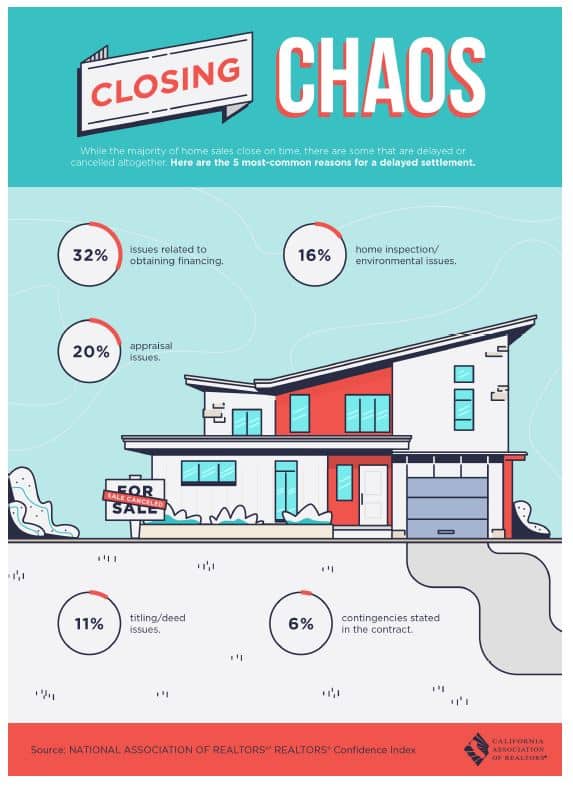
Becoming a landlord in North County San Diego can be exciting. You get steady rental income, the property appreciates over time, and someone else essentially helps pay down your mortgage. But there is one part that often turns excitement into stress: finding the right tenant.
Many new landlords start confidently, thinking screening applicants will be simple. Then the emails, messages, and showings pile up. Suddenly, sorting through applications feels like a full-time job. Last year, we met a North County homeowner in Escondido who had been trying to manage everything on her own. She was overwhelmed. She had a stack of incomplete applications, no system in place, people trying to negotiate rent on the spot, and one applicant even asked to move in before signing anything. She looked at us and said, “Is hiring someone even worth it? I just want a good tenant without the headache.”
We stepped in, applied our structured screening process, and within two weeks she had a well-qualified tenant who paid on time, took care of the property, and renewed the lease for another year. She told us, “I should have done this sooner.”
Screening tenants is not about luck. It is a system. And it is the same system we use when screening tenants on behalf of landlord clients.
Step 1: Know What You Can Legally Ask in California
California protects tenants with strict fair housing rules. That means landlords must be consistent and avoid discrimination.
You are allowed to request:
- A completed rental application
- Credit and background check (with written consent)
- Proof of income
- Employment verification
- Landlord references
You are not allowed to:
- Deny someone based on race, religion, marital status, gender, age, disability, family status, or source of income among other reasons outlined in Federal and State Fair Housing Laws
- Ask about immigration or citizenship status
Fair housing rules are serious. Consistency is key. Apply the same screening criteria to every applicant.
Step 2: Create Written Tenant Screening Criteria
Before listing your property, decide on your standards in writing. This keeps the process fair and makes decisions easier.
Sample criteria may include:
- A minimum Credit score
- Monthly income equal to X times the rent
- Establish an eviction policy
- Consider looking into rental history
When you state your criteria upfront, unqualified applicants self-eliminate, saving you time and frustration.
Step 3: Collect a Complete Rental Application
Your rental application should request:
- Full legal name
- ID
- Current and past landlord information
- Employment details
- Permission to run screening reports
California allows landlords to charge an application fee to cover screening costs. Be sure to confirm the maximum allowable charge for screening prior to establishing your price.
Step 4: Fully Verify Income and Employment
One of the biggest risks landlords face is rent not being paid on time. Verifying income protects you. A qualified renter will not be offended by verification. They expect it. Remember the homeowner I mentioned earlier? Before we stepped in, she accepted an applicant based solely on their word that they “make plenty.” No proof. No documents. They moved in and immediately fell behind on rent. That frustration was a turning point for her.
Step 5: Contact Previous Landlords
This is where the truth often shows up.
Ask:
- Did the tenant pay on time?
- Were there notices filed?
- Did they damage the property?
- Would you rent to them again?
The hesitation in their voice tells you more than the words.
Step 6: Run a Credit and Background Check
Credit checks show financial responsibility. Background checks show whether there are relevant legal issues. California allows reviewing criminal history only after making a conditional rental offer and only if the findings are relevant to tenant performance or safety. You are not looking for a perfect tenant. You are looking for a responsible one.
Step 7: Use a California-Specific Lease
Never use generic online leases. California requires specific disclosures, such as:
- Bed bug notice
- Mold information
- Lead-based paint disclosure for older homes
California specific leases properly protect both the tenant and the residential property owner. If you neglect this step, you may find that your lease is not legally compliant.
Why Choose Professional Help
Screening tenants is a lot of work. Answering inquiries, scheduling showings, handling paperwork, verifying information, contacting past landlords, running reports, and staying compliant with California law can easily take 20 to 30 hours.
That overwhelmed homeowner from earlier? Now she just collects rent and enjoys her peace of mind. She told us: “This feels like actual passive income now.”
We follow these exact steps to make sure responsible, high-quality tenants end up living in your property. Our goal is simple: protect your home and your peace of mind.
Screening tenants is not complicated when you have a system in place and experts by your side. By verifying income, checking rental history, reviewing credit, and using a strong California lease, you protect your investment and reduce risk.
If you are feeling overwhelmed or unsure where to start, you do not have to do it alone. We are here to help.
Interested in renting your property and want quality tenants? Reach out anytime. We would love to walk you through our process.




